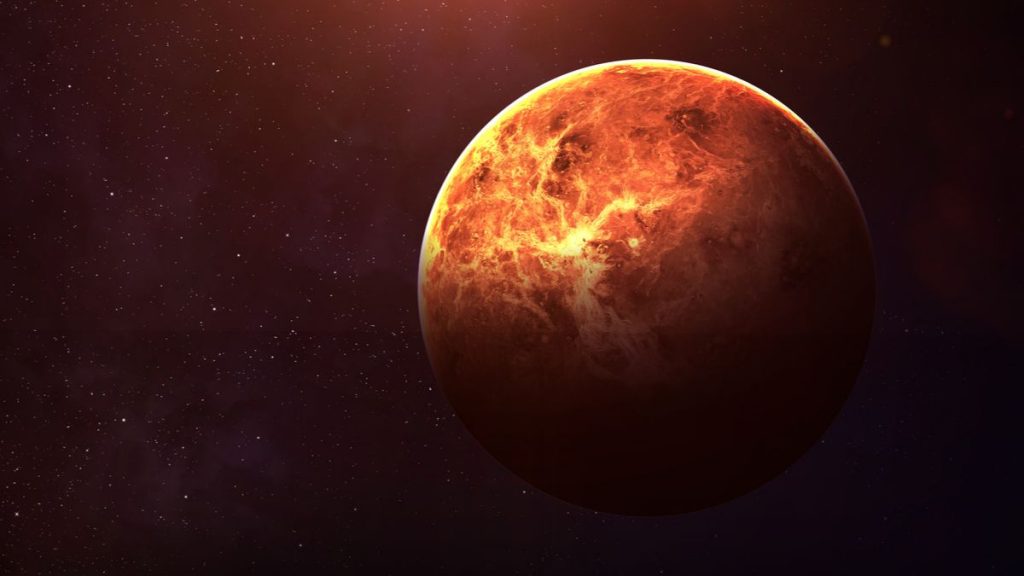While Mars has to this point been the most certainly place to harbor life past Earth, astronomers lately recognized a fuel known as phosphine within the cloud layers of Venus, which might sign the presence of a microbial exercise within the ambiance of this inhospitable planet.
An inhospitable planet
The phosphine is a comparatively uncommon molecule right here on Earth. When it happens in nature, it’s normally expelled by micro organism and different microbes that don’t breathe oxygen. Since it can’t be produced in important portions by different identified processes, researchers from the MIT instructed final 12 months that phosphine might be a helpful organic signature for detecting the presence of life on different planets. It appears that their hunt has already borne fruit, inside our system, with the latest discovery of phosphine within the ambiance of Venus.
With floor temperatures reaching 464 ° C and atmospheric strain practically 100 instances that of the Earth, Venus is way from being a paradise. But it has lengthy been hypothesized that microscopic life might discover refuge in its ambiance, at altitudes between about 53 and 62 km, the place temperatures are a lot cooler. If the detection of phosphine helps such a speculation, it seems that the clouds on this area are composed of sulfuric acid, which might characterize a significant problem to beat for any sort of life as we all know it.
” Finding phosphine on Venus was an surprising reward “, Explain Clara Sousa Silva, co-author of the research, lately printed within the journal Nature Astronomy. ” This discovery raises many questions, similar to how any organism might survive below such circumstances. On Earth, some microbes can face up to as much as 5% acid of their atmosphere – however Venus’ clouds become virtually fully product of acid.. “

Significant quantities of phosphine within the clouds of Venus
Using the telescope James Clerk Maxwell (JCMT) and the community Atacama Large Millimeter / submillimeter Array (ALMA), the crew noticed the spectral signature of phosphine, and estimated its focus at round 20 components per billion. Intriguingly, the researchers declare that the sulfuric acid in these clouds ought to continuously devour phosphine, which implies that some mechanism is used to commonly replenish reserves. But might it’s life?
Researchers explored a sequence of potential pure processes that might produce phosphine, together with daylight, lightning, volcanic exercise, or minerals rising to the floor. But in line with their calculations, none of them might clarify the quantity of fuel detected – there was 10,000 instances extra phosphine than one would count on from such processes. However, the crew estimated that organisms might produce this quantity of phosphine by working at solely 10% of their anticipated effectivity.
As thrilling as this discovery is, it’s removed from confirming the existence of extraterrestrial life types, because the Australian scientist factors out. Danny Price, which didn’t take part within the work. ” This might be the primary detection of life past Earth. If life can seem within the hyperacid clouds of Venus, it’s prone to be widespread all through the galaxy. But earlier than we get carried away, we have to take a deep breath of that Venusian air and have a look at the much less thrilling pathways the phosphine would possibly sneak up on.. “
According to the researcher, advanced mechanisms of phosphine replenishment by no means noticed on Earth might intervene within the ambiance of Venus. Therefore, intensive monitoring and extra observations will likely be important to substantiate the presence of extraterrestrial life. What the authors of the research intend to deal with within the coming months.
